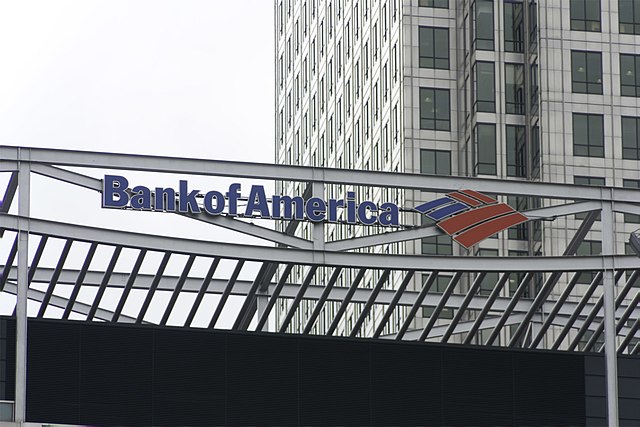- 14 3402-5578
- Rua Hygino Muzy Filho, 737, MARÍLIA - SP
- contato@latinoobservatory.org
 Criative Commons
Criative Commons
Bank of America recently launched a pilot program to facilitate and expand home ownership for Latino and black populations. By waiving a down payment, minimum credit score and mortgage insurance, the new bank policy allows some first-time homebuyers in some mostly black and/or Latino neighborhoods. The initiative is taking place in Charlotte, Dallas, Detroit, Los Angeles and Miami, specifically in neighborhoods where black and/or Latino residents are in the majority.
The objective of the program is to make the purchase of real estate viable among communities that have historically faced problems in accessing the real estate market and, above all, to help black and Latino families build their wealth over time. Despite the initiative's progressive prominence, some analysts fear the program is not broad and structured enough to support new homeowners once they purchase a home.
According to the Bank of America statement “This new program is in addition to and complements Bank of America's existing $15 billion Community Homeownership Commitment™ to offer affordable mortgages, industry leading grants and educational opportunities to help 60,000 individuals and families purchase affordable homes by 2025. Through this commitment, Bank of America has already helped more than 36,000 people and families become homeowners, having provided more than $9.5 billion in low down payment loans and over $350 million in non-repayable down payment and/or closing cost grants. To date, two-thirds of the loans and grants made through the Community Homeownership Commitment has helped multicultural clients to achieve homeownership”.
Racial inequalities in the country's housing system date back to slavery and are reinforced by segregating practices such as the practice redlining, in which federal agencies refused to guarantee mortgages to people in certain areas. The term is more associated with black neighborhoods.
According to NPR publication, “Today, many residents in predominantly Black or Hispanic neighborhoods continue to struggle in the housing market because of discriminatory practices”.
In 2020, Black and Hispanic applicants were more likely to be rejected for mortgage loans than their white or Asian counterparts, according to a February report from the National Association ofRealtors.
According to the same report, property owned by black people was only 43.4% at the end of 2020, which is a lower percentage than the rate a decade earlier. The Latino home ownership rate rose to a record 51.1%, however, both rates are still well below the white home ownership rate of 72.1%.
Buying a first home can take years or decades for families to be able to save enough for a down payment on a home. This may be especially true for black and Latino families who earn about half the average income of a white family, according to a 2021 Federal Reserve report.
For these and other families who want to join the program, eligibility will be primarily determined by income, home location, and payment history for bills such as rent, telephone, utilities, and auto insurance. Candidates are also required to complete a certification course, the homebuyer.
According to NPR, some analysts point out that, for
the program to be a long-term success, there needs to be greater investment in
infrastructure in the neighborhoods chosen by the initiative.
.











